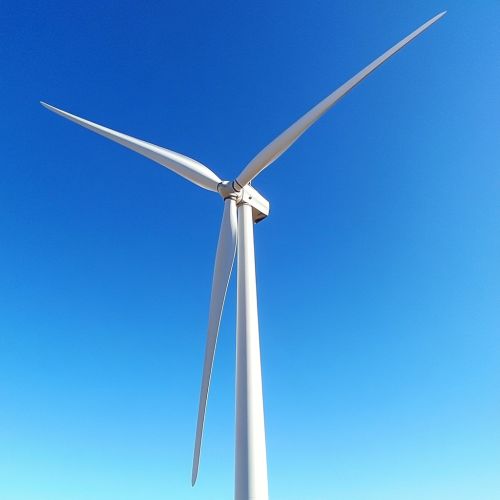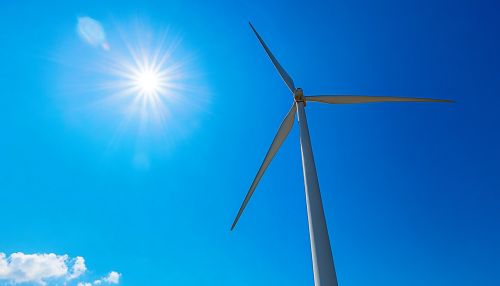Power (physics)
Introduction
In the realm of physics, the concept of power is fundamental to understanding how energy is transferred or transformed in various systems. Power is defined as the rate at which work is done or energy is transferred over time. It is a scalar quantity and is typically measured in watts (W) in the International System of Units (SI). The study of power is crucial in fields ranging from mechanical engineering to electrical engineering, and it plays a significant role in the design and analysis of machines, engines, and electrical circuits.
Definition and Units
Power is mathematically expressed as:
\[ P = \frac{W}{t} \]
where \( P \) is power, \( W \) is work done, and \( t \) is the time taken. The unit of power is the watt, which is equivalent to one joule per second. Other units of power include horsepower (hp), commonly used in mechanical systems, and kilowatts (kW), often used in electrical systems.
Mechanical Power
Mechanical power refers to the power generated by mechanical systems, such as engines and turbines. It can be calculated using the formula:
\[ P = F \cdot v \]
where \( F \) is the force applied, and \( v \) is the velocity of the object. In rotational systems, mechanical power is given by:
\[ P = \tau \cdot \omega \]
where \( \tau \) is the torque, and \( \omega \) is the angular velocity.
Applications
Mechanical power is essential in the operation of vehicles, industrial machinery, and power plants. For instance, in an internal combustion engine, the power output is a measure of the engine's ability to perform work, such as moving a vehicle or driving a generator.
Electrical Power
Electrical power is the rate at which electrical energy is transferred by an electric circuit. The basic formula for electrical power is:
\[ P = V \cdot I \]
where \( V \) is the voltage, and \( I \) is the current. In alternating current (AC) systems, power can be further divided into real power, reactive power, and apparent power, each with its own significance.
Real, Reactive, and Apparent Power
Real power (P) is the actual power consumed by the circuit and is measured in watts. Reactive power (Q), measured in volt-amperes reactive (VAR), represents the power oscillating between the source and the load. Apparent power (S), measured in volt-amperes (VA), is the vector sum of real and reactive power.
The relationship between these types of power is given by the power triangle, where:
\[ S^2 = P^2 + Q^2 \]
Power Factor
The power factor is a dimensionless number between -1 and 1 that represents the efficiency of an AC power system. It is defined as the ratio of real power to apparent power:
\[ \text{Power Factor} = \frac{P}{S} \]
A power factor close to 1 indicates efficient utilization of electrical power.
Power in Thermodynamics
In thermodynamics, power is related to the rate of energy transfer in the form of heat and work. The first law of thermodynamics, which is a statement of energy conservation, can be expressed in terms of power as:
\[ \dot{Q} - \dot{W} = \frac{dU}{dt} \]
where \( \dot{Q} \) is the rate of heat transfer, \( \dot{W} \) is the rate of work done, and \( \frac{dU}{dt} \) is the rate of change of internal energy.
Power in Fluid Dynamics
In fluid dynamics, power is associated with the energy transfer in fluid systems. The power required to move a fluid through a system can be calculated using the equation:
\[ P = \Delta p \cdot Q \]
where \( \Delta p \) is the pressure difference, and \( Q \) is the volumetric flow rate.
Power in Optics
In optics, power refers to the ability of a lens or optical system to converge or diverge light. It is measured in diopters (D), which is the reciprocal of the focal length in meters.
Power in Quantum Mechanics
In quantum mechanics, power is related to the rate of change of the expectation value of the Hamiltonian operator, which represents the total energy of a quantum system.
Power in Relativity
In the context of relativity, power is the rate at which energy is transferred in a relativistic system. The relativistic power is given by:
\[ P = \frac{dE}{dt} \]
where \( E \) is the relativistic energy of the system.
Power in Biological Systems
In biological systems, power is related to the metabolic rate, which is the rate at which organisms convert chemical energy into work and heat. The basal metabolic rate (BMR) is a measure of the power required to maintain basic physiological functions at rest.
Power in Renewable Energy Systems
In renewable energy systems, power is a critical factor in the design and operation of solar panels, wind turbines, and hydroelectric generators. The power output of these systems is influenced by environmental conditions, such as sunlight intensity, wind speed, and water flow.
Conclusion
Power is a versatile and essential concept in physics, with applications spanning numerous fields and disciplines. Understanding power and its various forms is crucial for the analysis and design of systems that involve energy transfer and transformation.


